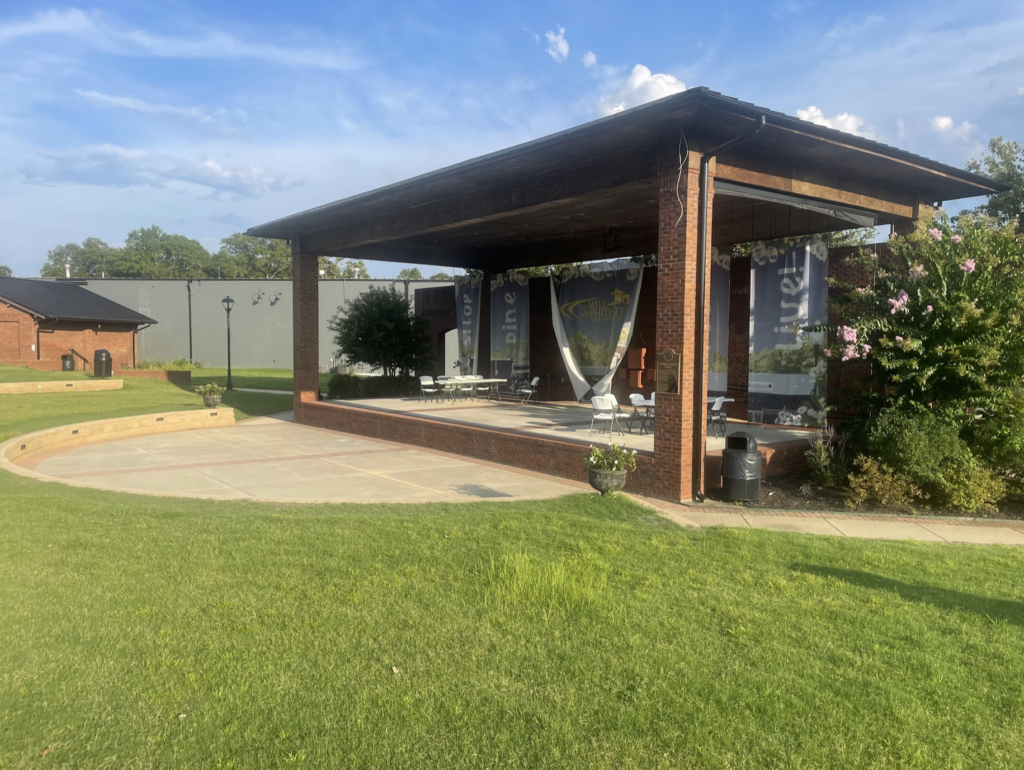Micah Noel
On Sept. 8 and 9, the City of Villa Rica will hold their 45th annual Gold Rush Festival in the heart of the city. The event sheds light on not only the current residing citizens but also its past residents and rich historical events that took place a little under two centuries ago.
Before Villa Rica, there was Hixtown. Founded in 1826, the population included farmers and miners from the north. Gold was discovered in the same year, predating the Georgia Gold Rush by three years and the California Gold Rush by 23 years. Mining soon became popular, leading to 19 active mines in the city. Villa Rica became a part of what was known as the Georgia Gold Belt, which spans from Rabun County, Georgia, to Alabama. Despite the amount of gold found, most of it was in a dust form, making it challenging to mine. Many residents moved to Dahlonega, Georgia, when gold was discovered in 1829.
Hixtown continued to thrive as it mined well through the 1830s. Stockmar, now called Pine Mountain, Villa Rica’s most recognizable gold mine, was one of the oldest mines in the state, staying active well into the 1900s. Although the Georgia Gold Rush ended in the 1840s, Hixtown still wanted to promote its unearthed gold. Hixtown was renamed Villa Rica in 1881. Villa Rica, which directly translates to ‘Rich City,’ does not use the direct translation of its town name but instead calls itself another name.
“We are called the City of Gold because they found gold around the city, so that’s where the name originates from,” said Events Manager Karina Rivas-Martinez.
As time passed, the city became known for other things. Textiles became a very prominent source of income in the town, with the Villa Rica Cotton Mill in 1906 and the Villa Rica Hosiery Mill in 1911. The city is also home to prominent figures like the “Father of Gospel,” Thomas Dorsey, and the founder of the Coca-Cola company, Asa Candler.
Today, Villa Rica continues to benefit from the Gold Rush. Pine Mountain, which features Stockmar Gold Mine, has now become a museum. The 27-acre grounds feature hiking trails, train rides, and animal exhibits. Visitors can also take a step back in time and see the gold mining process throughout the park.
The city also remembers its roots through its gold rush celebrations. The annual Miss Gold Rush Pageant falls on the third week of August, where participants from newborn to 19 years of age can participate. This event is then followed by the Gold Rush Festival, which falls every year on the second weekend of September.
“We try to keep it within the community and through downtown, down Temple St.,” said Martinez. “This event takes 6 to 8 months to plan, so we need all hands on deck from all departments. This is one of our biggest events.”
The festival will kick off Sept. 8 at 7:30 p.m. at The MILL amphitheater, with returning artist Leah Belle Faser as the opening act. Following her is the main act, Departure, a Journey tribute band. Sept. 9 festivities begin at 8 a.m. with the Gold Rush 5k followed by the parade at 10 a.m. The festival will conclude with various vendors and entertainment until 4 p.m.
